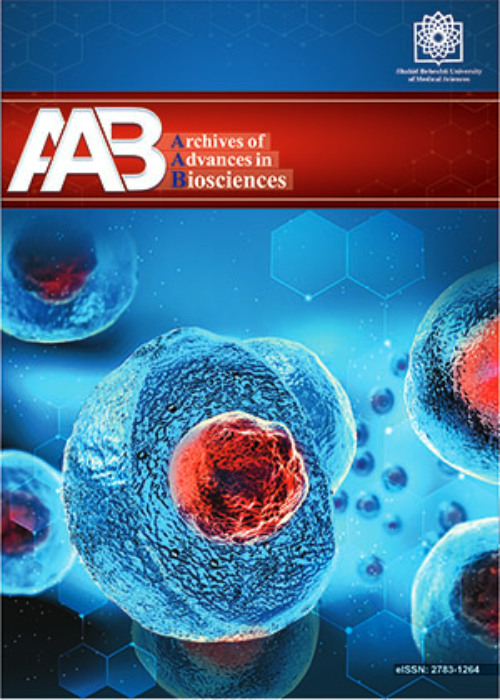The Effect ofFinasterideon the Secretion of Testosterone, DHT, LH, FSH and Tissue Factors in the Testis of NMRI Mice
The aim of this study was to investigate the effect of finasteride on spermatogenesis and male fertility. To do so, the effects of finasteride were examined for hormonal assays and testicular tissue changes.
This study was performed on male NMRI mice in five groups, namely control, sham, and three experimental groups that received finasteride (1, 5, and 20 mg/kg BW) for 35 days.
As for hormonal observations, significant reductions of DHT in all injectabledoses were recorded. Yet, testosterone only increased significantly in two doses of 5 and 20 mg/kg BW. Moreover, two hormones of FSH and LH were significantly reduced in the drug-receiving groups. In the view of histological findings, sperm count and motility were markedly different between the doses of 5 and 20 mg/kg BW in the epididymis. The frequency of primary spermatocytes, spermatids, and spermatozoids was considerably decreased in groups receiving finasteride at doses of 5 and 20 mg/kg BW. However, this happened only at a dose of 20 mg/kg BW for spermatogonial cells.
It is predicted that finasteride at a dose of 5 mg/kg BW and more can have side effects on male reproductive ability and spermatogenesis


